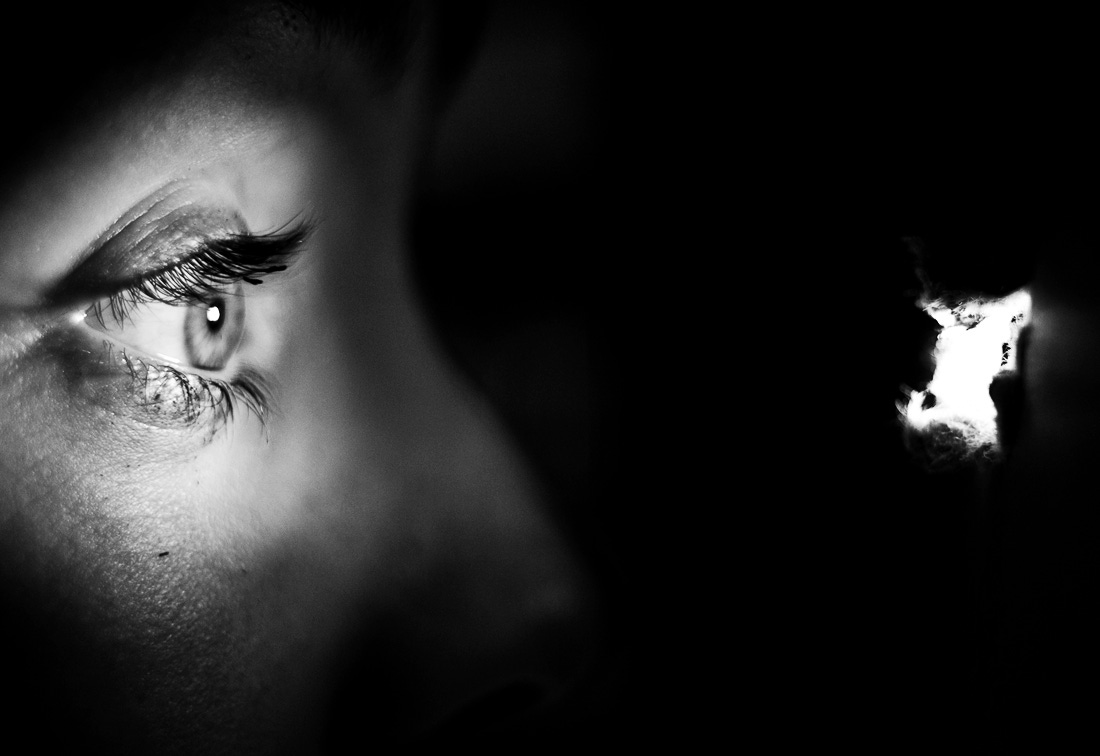Sydney Sweeney and Evaluative Aggression
Men think they get to judge women's bodies.
As sometimes happens, Twitter this week was briefly roiled by a Sydney Sweeney pic.
The images, published by the NY Post showed Sweeney in a bikini. Since they were paparazzi shots, they were not as perfectly posed as Sweeney’s publicity stills (or for that matter her selfies) tend to be.
In response, a lot of men on social media rushed up to declare that Sidney Sweeney was “mid” and/or fat. Beauty standards, apparently, are falling, and Western culture’s decline is not far behind.
Lots of people who are not misogynist assholes pointed out that this is ridiculous and that there is no universe in which Sydney Sweeney is anything but a conventionally attractive Hollywood bombshell. Some people suggested that men who think otherwise have never been in the same room with a real woman and have formed their ideas of beauty from staring at airbrushed porn and/or AI.
That may or may not be the case. But I don’t think insulting the taste or sexual experience of men is very useful here. Nor is pointing out that Sweeney is not “mid”.
That’s because when twitter dipshits claim Sydney Sweeney is insufficiently attractive, or when Jordan Peterson claims Yumi Nu is insufficiently attractive, or when men claim any woman is insufficiently attractive in a public forum, they do not actually care whether the woman is attractive or not. Or, it might be more accurate to say, that they want to find women unattractive because doing so makes them feel powerful.
When men sneer at women’s bodies, they’re not expressing some sort of abstract aesthetic opinion. They aren’t really even reporting honestly on their own sense of what kinds of bodies are sexy or attractive or pleasing (I guarantee that many (not all, but many) men who loudly attack women for being fat are attracted to women who they claim are fat.)
When men evaluate women’s bodies in public, they are asserting power. When they point at Sydney Sweeney (even Sydney Sweeney!) and say, “you are not good enough,” what they’re really saying is that they (men) have the right, the privilege, the power, to evaluate women’s bodies—which means they have the right to reduce women to their bodies, and then determine which bodies are acceptable and which are not.
These exercises in what we might call evaluative aggression are misogynist. They aren’t misogynist because they express hatred of women, or because they dehumanize women, though evaluative aggression can do those things at times. They’re misogynist because they regulate women and remind them of their place.
Kate Manne argues that misogyny is the “law enforcement branch of the patriarchal order”—the practical, day by day systems, norms, and actions which ensure that men remain in a position of authority and of entitlement.
In this case, evaluative aggression is a way to tell Sweeney and other women that their images and their bodies are not primarily about the women those images and bodies are attached to. Instead, evaluative aggression performatively insists that women’s bodies, and their existence in public space, is primarily about the pleasure, the attention, and the affect of men. It’s a kind of variation on Linda Mulvey’s gaze theory, except that instead of a film urging men to identify with (imaginary) male protagonists gazing on and possessing (imaginary) women, evaluative aggression creates a community of (unfortunately real) men who egg each other on to gaze on, and therefore possess, real women who dare to exist (or be visible) in the public sphere.
The analogy is also useful because it underlines the ways in which evaluative aggression links gaze to narrative. Specifically, it transforms the image of a woman into a story driven by, or about, men.
Sweeney hanging out in a bathing suit isn’t really about anyone else but her; she’s just living in her body and somebody snapped a picture. But evaluative aggression frames her body as a problem —a narrative conflict (or a Lacanian castration panic, if you prefer) which must be solved by men asserting themselves. Women existing is a challenge to a male order in which men are supposed to be the most existent things; men respond to that challenge by insisting that women exist only for male pleasure or displeasure.
All of which is to reiterate, again—the issue here isn’t really whether Sweeney, or any woman, is beautiful, or mid. The issue is that, in a range of contexts, men use the evaluation of women’s bodies—whether positive or negative—as a form of misogynist control. That tactic is somewhat more visible, perhaps, when it’s directed at a very visible, very celebrated woman like Sweeney. But evaluative aggression is ubiquitous and ugly, no matter whose body serves as a target.



Existing for ourselves is the crime patriarchy is trying to punish. If she’s not posing for the pleasure of men, she’s out of line, and needs to be corrected. I wouldn’t want to live in a world without men, as I like a lot of them, but I’m done with misogyny. It’s not even a man problem- there are plenty of women who police women and uphold patriarchal power structures.
I agree completely about the power moves behind this kind of thing. It coincides with what I called "misogyny lite" and its effect on the election. How many people who claim to respect women, and do not actively hate them, thought "except in leadership roles" and at the least didn't vote at all.